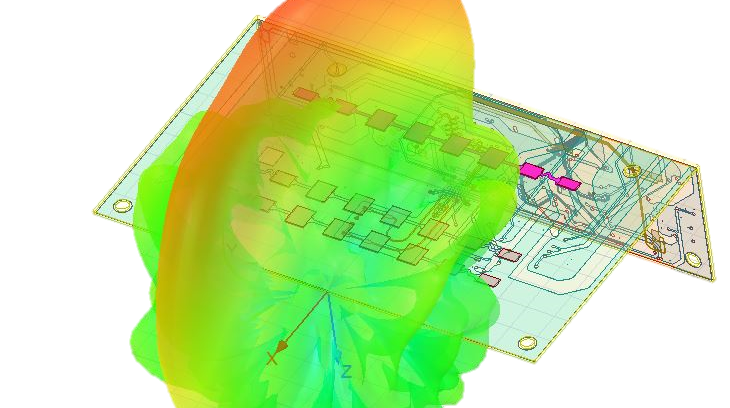Ansys has revealed that Flexium is using the company’s simulation solutions to evaluate design ideas and to aid in the development and testing of antenna modules for high-frequency signal transceiver designs used within ADAS and autonomous vehicle applications.
Ansys’ tools also enable Flexium’s printed circuit board (PCB) research and development team to test the durability and reliability of its PCB boards. Additionally, new design ideas can be explored, with layouts and materials being validated at a low cost.
Within the PCB layouts are a multitude of flexible print circuits (FPCs) that provide vital connections for 5G communication in ADAS and AV systems. If there are any design deficiencies within these, vehicle perception systems may not work correctly.
To reduce the chance of issues occurring with its FPCs, Flexium utilizes Ansys’ simulation software for the electromagnetic, thermal and mechanical optimization of its designs. Furthermore, Ansys’ tools also helped Flexium to set specific parameters for board layout and materials, in addition to creating a reference library for future millimeter-wave design verification.
“Ansys delivers the greatest predictive accuracy and yields the strongest results for us during PCB layout analysis critical to today’s ADAS and AV applications,” said Ming-Chi Cheng, president, Flexium. “Looking beyond 5G, we will continue to reference Ansys simulation to discover new methods for optical integration and communication that will help shape the future of our mmWave antenna module designs.”
“With Ansys, global PCB industry leaders like Flexium realize the freedom to explore possibilities in board application design, and successfully develop forward-thinking antenna solutions for high-frequency signal transceiver applications,” added John Lee, vice president and general manager of the electronics, semiconductor and optics business unit, Ansys. “As the momentum behind miniaturization continues to build, our simulation solvers will accelerate the satellite, driverless and related wireless signal modules powering this trend.”
For more Ansys news, click here.


